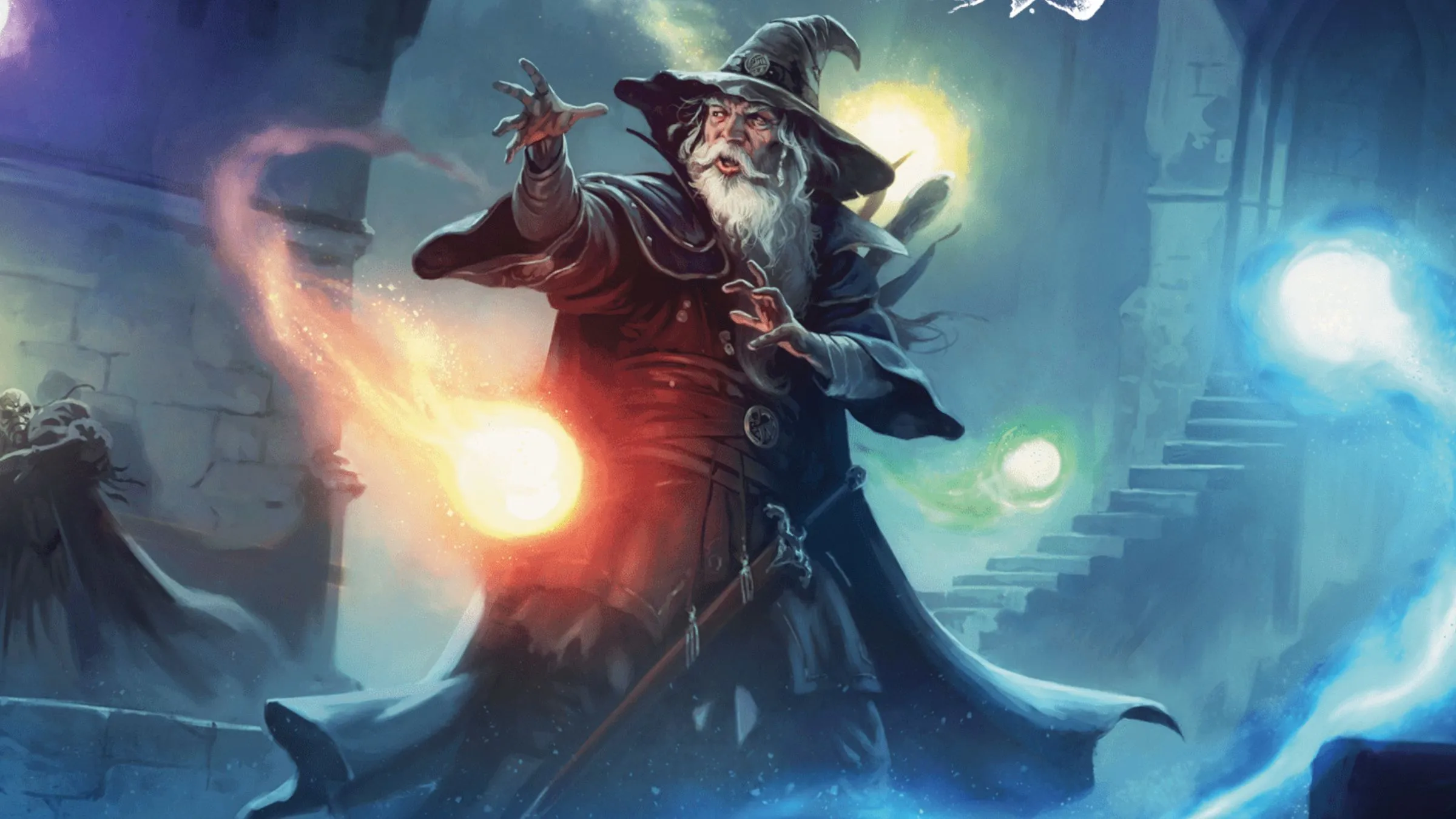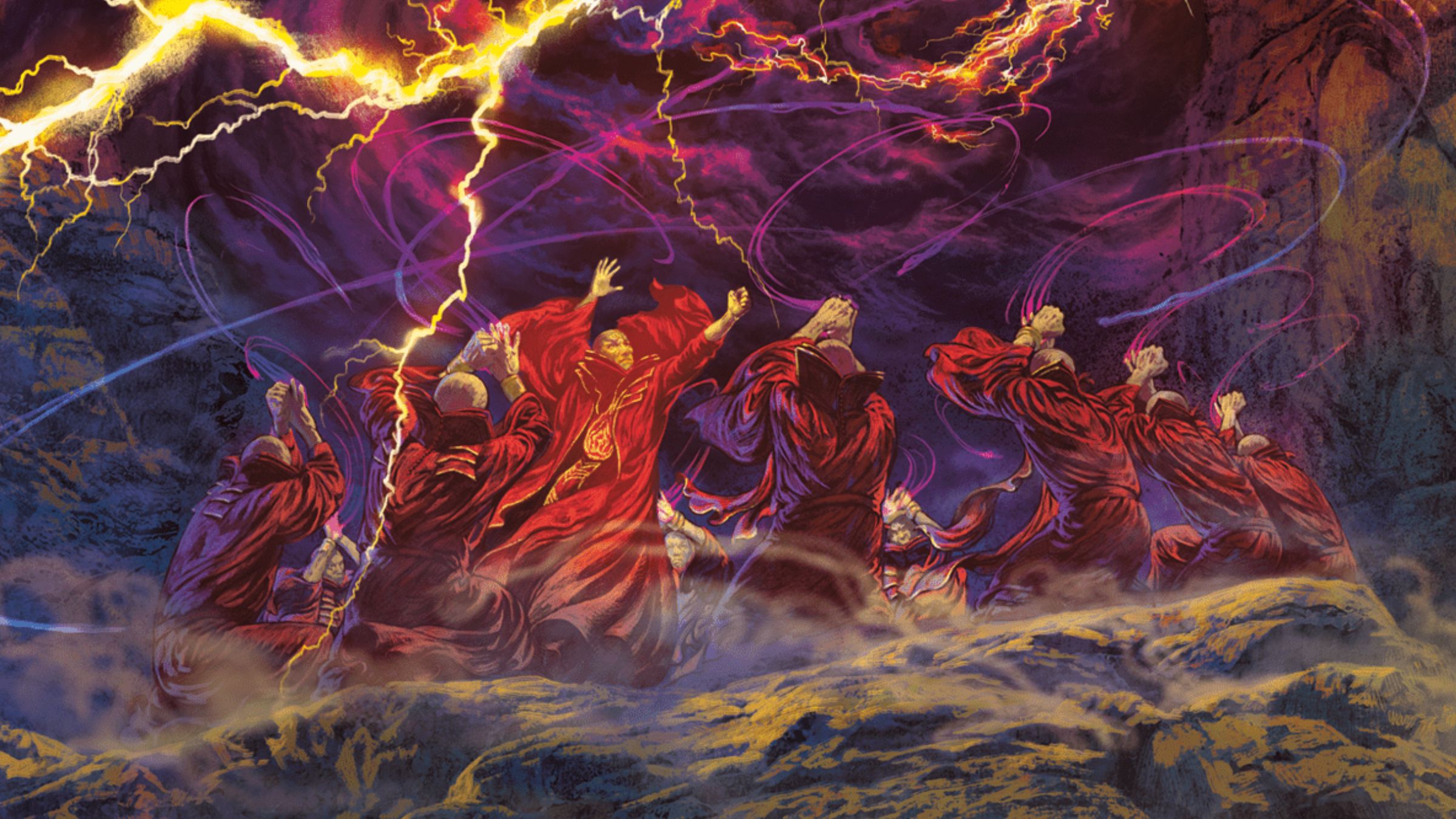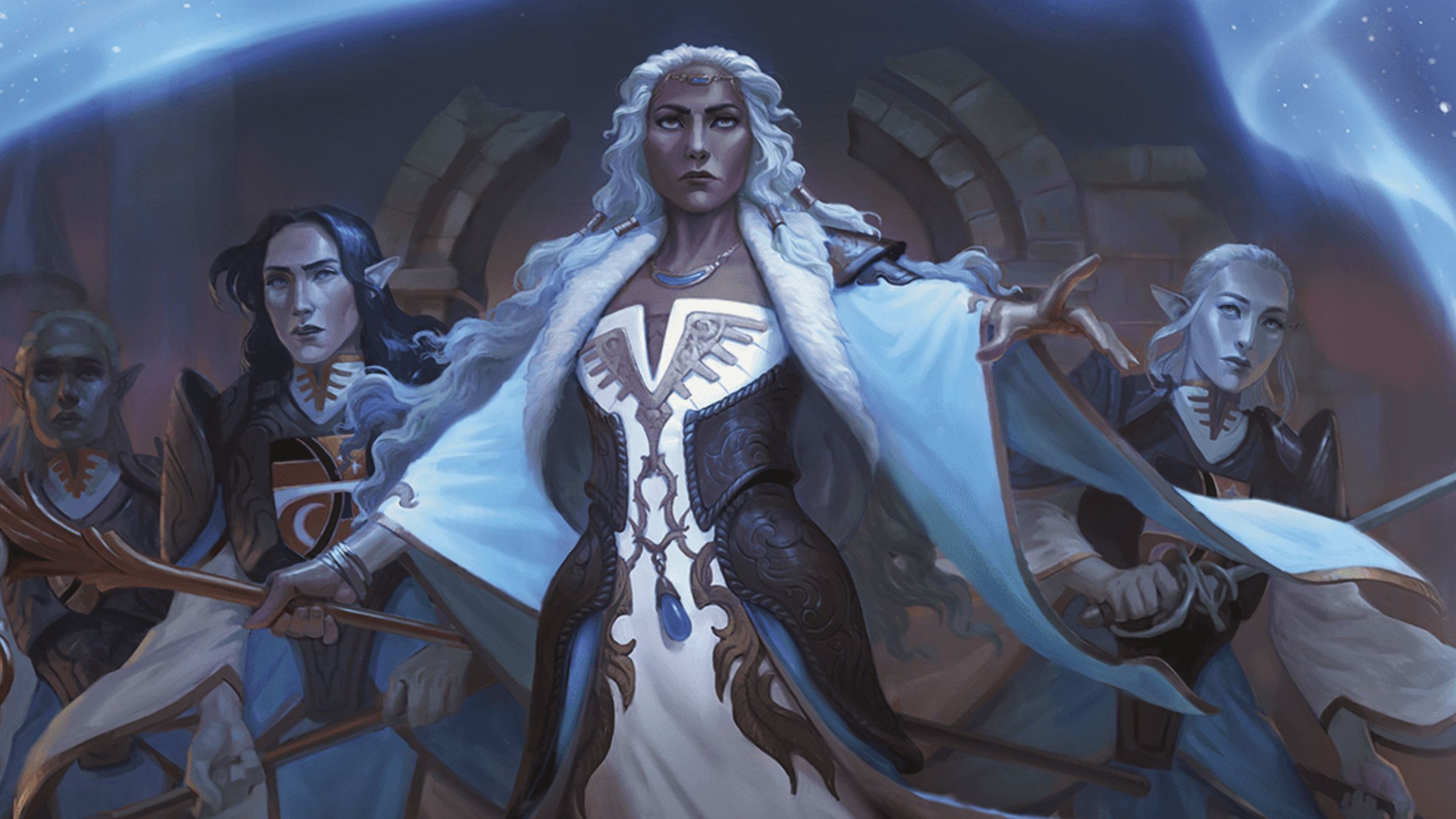
Dungeons & Dragons is great for creating memorable stories, and a popular plot device – spellcasters combining their magic for even stronger effects, known as circle casting – was missing from the current edition (5e). This idea is deeply rooted in the game’s Forgotten Realms setting, so it’s fitting that the latest books focusing on that world are now reintroducing it.
The idea of ‘circle magic‘ isn’t new to Dungeons & Dragons; it’s been part of the Forgotten Realms story for a while. While mentioned in past books, it hasn’t been an official game mechanic until now. With the release of Heroes of Faerun, Wizards of the Coast is officially adding circle magic to the 5th edition rules. Here’s an explanation of how it works.
How to Cast Circle Spells in Dungeons & Dragons 5e

Circle magic allows multiple spellcasters to combine their power into one incredibly strong spell – something a single caster couldn’t achieve alone. This has led to some memorable scenes in Dungeons & Dragons, like when the Druids of the Emerald Enclave worked together to protect the grove in Baldur’s Gate 3. But how does this type of magic function within the official D&D rules? It has quite a few restrictions, naturally, to ensure it remains balanced.
Circle magic has a few limitations. To be cast using this method, spells need to either require an action to cast, or take a full minute or longer. This means quick cantrips and spells cast as a bonus action aren’t allowed. Additionally, the spell must follow all of its usual rules, plus the special rules for circle casting. Finally, several casters need to participate and perform specific actions before the spell can actually happen.
Pick a Primary Spellcaster
Creating a magical circle needs a lead caster – the player who directs the process. This player must maintain focus for spells that require it, and they’re responsible for using spell slots and materials to actually cast the magic. Importantly, this character is considered the center of the spell’s effect, which determines how far it reaches and other important details.
This player begins the circle spell by performing a magical action. But the spell isn’t actually cast until all participants have contributed their own actions. Because of this, the player who started the spell must maintain concentration throughout the entire process, which can be difficult if you don’t act early in combat.
The Role of Secondary Casters
Okay, so when I’m casting a circle spell, the other players helping me are called Secondary Casters. They need to be within 30 feet of me to add their magic, and on their turn, they have to use an action to actually contribute. This means we can’t start the spell until everyone involved – me as the main caster and all the Secondary Casters – has had a turn. It’s a bit of a setup, but worth it for the extra power!
Once all players have added their magical energy to a group spell, it happens right away if the spell can be cast quickly (in a single turn). However, if the spell takes a minute or more to cast, the group needs to spend several turns completing the casting process before the spell activates. Because of this, it’s often better to use spells with longer casting times when you’re not in the middle of a fight.
How Circle Casting Strengthens Spells in D&D 5e

Combining multiple spellcasters does make casting a spell more complex, but it also offers advantages. Circle casting allows players to enhance their spells in six different ways: Augment, Distribute, Expand, Prolong, Safeguard, and Supplant. These options provide various benefits and customization for spellcasting.
As a player, I’m really excited about how Augmenting a spell lets you dramatically increase its range – we’re talking up to a mile further! But Distributing a spell is a game-changer for group play. It basically lets us share the burden of keeping a spell going, so if one of us messes up our Concentration, the spell doesn’t automatically fizzle as long as someone else is still focused. It makes teamwork so much more reliable!
Spells can be enhanced in a few ways. Expanding a spell increases how large an area it affects – up to 320 feet, depending on how many spellcasters work together. Prolonging a spell makes it last longer, and the more characters involved in casting, the greater the increase in duration. Finally, Safeguard allows you to create a protected area within a spell’s range, preventing your allies from being harmed by its effects.
Players can now use Supplant to lower the cost of a spell, making powerful spells like Revivify or Wish easier to cast. While it uses up extra spell slots from backup casters, it can be a good option if you don’t have the necessary materials.
Circle casting is a promising new way for players to combine their magical abilities and create more powerful spells. It appears to be well-designed – spells cast this way will be stronger than usual, but not overwhelmingly so. The fact that players only get one way to boost a spell, and each player must take a turn to prepare, prevents it from becoming too powerful. I’m really excited to try it out with my group in our next game session!
You can find the complete rules for Circle Casting in D&D 5e in the Forgotten Realms: Heroes of Faerun sourcebook. It’s available wherever D&D books are sold, and also on D&D Beyond for $49.99.
Hey everyone! I’m really curious – is anyone planning on using circle casting in their next D&D game? I’d love to hear about it! Let’s chat about it over on the ComicBook Forum – come join the discussion!
Read More
- The Most Jaw-Dropping Pop Culture Moments of 2025 Revealed
- Ashes of Creation Rogue Guide for Beginners
- 3 PS Plus Extra, Premium Games for December 2025 Leaked Early
- Where Winds Meet: How To Defeat Shadow Puppeteer (Boss Guide)
- Where Winds Meet: Best Weapon Combinations
- Best Controller Settings for ARC Raiders
- TikToker Madeleine White Marries Andrew Fedyk: See Her Wedding Dress
- Superman’s Breakout Star Is Part of Another Major Superhero Franchise
- Jim Ward, Voice of Ratchet & Clank’s Captain Qwark, Has Passed Away
- Kylie Jenner Makes Acting Debut in Charli XCX’s The Moment Trailer
2025-11-16 22:41